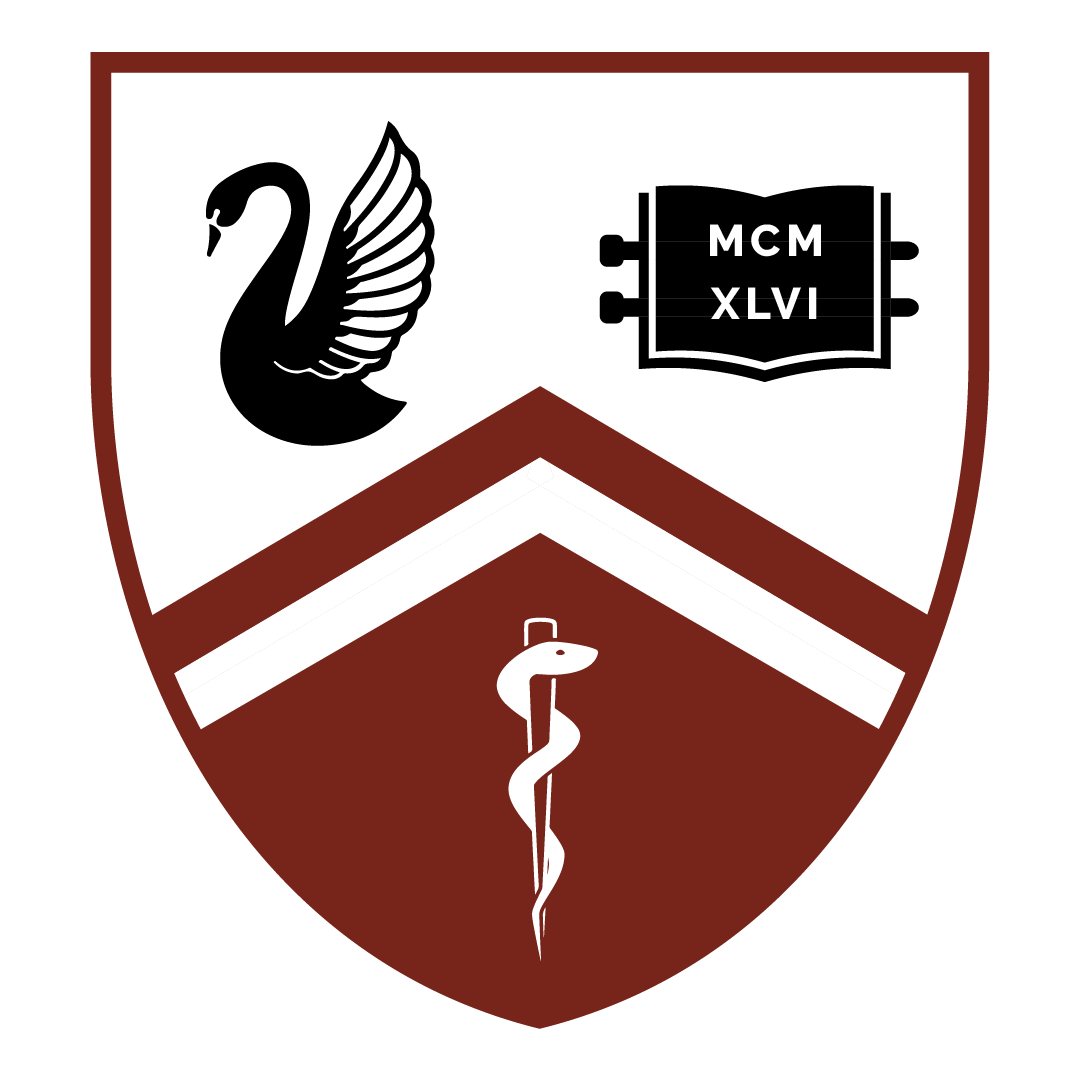By Emily Earnshaw
Whenever someone mentions HIV and AIDS, the associated conversation is riddled with disarmingly negative statistics, countless devastating health problems attacking their immunocompromised hosts, and lists of reasons why HIV is among the most important diseases we will be facing over the approaching decades. The antiretroviral therapy we provide for people living with HIV, though an undeniably positive step forward, is not quite doing what people are desperately seeking: it is not curing the patient. Among these conversations, however, are little gems of hope: people across the globe are actively acknowledging the significance of the disease itself, and the equal importance of pushing for research into a complete cure. Though the science so far hasn’t quite reached this goal, that little glimmer of knowing how much is being invested in creating a cure is something to feel immensely positive about. To keep that spark of future hope alive, we should take a peek at the slowly growing group of people that have, thanks to intelligent and dedicated health teams, managed to eliminate HIV in a handful of extremely brave patients.
As a side note – being “cured” of HIV is defined as having no detectable viral load on RNA and DNA PCR assays, after a period of detectable HIV load. Tissues assessed for the virus are the peripheral blood, bone marrow and rectal mucosa.(1)
The Berlin Patient
Timothy Brown has his named firmly attached to the status of first human cured of HIV. His story begins with HIV diagnosis in 1995 while studying in Berlin. He received antiretroviral therapy until 2007, when he met with Dr Gero Hütter and his team at the Charité Hospital to discuss how to treat his acute myelogenous leukaemia, diagnosed earlier that year, alongside his HIV. Brown’s chemotherapy had failed, leaving him in need of bone marrow transplant. His team found a match in a donor with homozygous CCR5∆32 mutation.(2) For those not in the know, CCR5 is one of two receptors HIV uses to enter host cells. If CCR5 is abnormal (mutated), the host cells can throw up significant resistance to the virus. Brown’s antiretroviral therapy was stopped on the day of his marrow transplant in 2007, and he hasn’t taken it since. The transplanted marrow, with that lucky mutation, eliminated Brown’s HIV along with his leukaemia, providing him with a bank of healthy new marrow and CD4 cells that have kept him alive and disease-free to this day.
Brown himself has taken matters into his own hands, starting a foundation in conjunction with the World AIDS Institute concentrating solely in searching for a more universally applicable cure.(3) His cure, although wonderfully effective, is expensive and invasive. It does, however, remind us that the disease is not invincible, and perhaps there is room for a cure that may apply more widely to those battling HIV.
The potential for a vaccine
Numerous sources describe in explicit detail the myriad difficulties in developing a vaccine for HIV.(4) Despite this, medical researchers push on, and have perhaps even uncovered a couple of viable options. An HIV vaccine trial in Thailand, RV144, has shown some promise, combining ‘prime’ and ‘boost’ vaccines to work in a synergistic manner. The vaccines are based on common HIV strains in Thailand and have provided modestly effective prevention of disease in a number of increasingly complex clinical trials, leading to collaboration with the NEJM and important findings regarding what differentiated the participants who became infected from those who did not.(5)
A second important stepping-stone trial is the HIVBr18 project in Brazil. The project is focused on developing a vaccine using an adenovirus vector encoding HIVBr18, an epitope identified in the HIV genetic code. If this adenovirus HIV-mimicker can induce the host’s CD4 T cells to mount a response, the host will have effective immunity of HIV strains carrying that epitope. And the trial does show promise: researchers in the project are looking to human clinical trials in the near future.(6)
References:
- Hütter G et al. Long-term control of HIV by CCR5 delta32/delta32 stem-cell transplantation. NEJM [Internet]. 2009 [cited 2013 September];360:692-8. Available from: nejm.org.
- Timothy Brown’s story, “The Berlin Patient”, found at defeathiv.org/berlin/
- 2012 update on Timothy Brown, found at abcnews.go.com/Health/berlin-patient-timothy-ray-brown-hiv-free/story?id=16846827
- Lecture but Dr Richard Hunt, found at pathmicro.med.sc.edu/lecture/hiv12a.htm
- RV144: hivresearch.org/research.php?ServiceID=13
- Rosa D. A recombinant adenovirus encoding multiple HIV-1 epitopes induces stronger CD4(+) T cell responses than a DNA vaccine in mice. J Vaccines Vaccin [Internet]. 2011 [cited 2013 September];2(4). Available from: PubMed.
